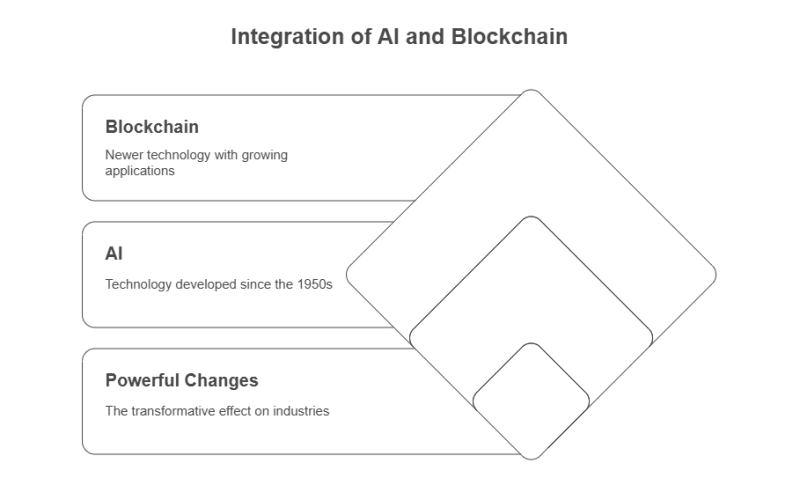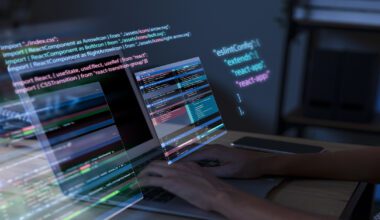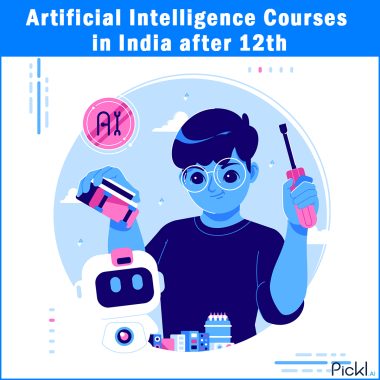Summary: Blockchain and AI integration are revolutionizing industries by combining secure data handling with intelligent automation. From healthcare to finance, this duo is powering smart, decentralized systems. The future of digital innovation lies in mastering this synergy, and data science is key to unlocking its full potential.
Introduction
We are living in a time of rapid digital transformation. We hear about new technologies changing how we live and work every day. Two stand out: Blockchain and Artificial Intelligence (AI). While AI has existed since the 1950s, Blockchain is a newer technology. Together, they are now creating powerful changes across many industries.
Imagine a world where decisions are smarter, data is more secure, and systems work without needing middlemen. The integration of Blockchain and AI promises that. This blog will discuss these technologies, how they work together, and why they matter for our digital future.
Key Takeaways
- Blockchain and AI integration offers secure, intelligent, and decentralized systems for real-world applications.
- Blockchain ensures data integrity, while AI provides analytics, automation, and predictive power.
- Industries like healthcare, finance, supply chain, and energy are rapidly adopting this tech duo.
- Projects like SingularityNET and Ocean Protocol showcase practical use cases of this integration.
- Learning data science is essential to understand and work with Blockchain and AI technologies fully.
What Is Blockchain?
Blockchain is like a digital notebook shared among many people. Instead of one person controlling the notebook, everyone involved has a copy. Every time someone writes something new, everyone else can see it, and the information can’t be changed or erased.
This system is:
- Decentralized: No single person or company controls the data.
- Transparent: Everyone in the network can see the transactions.
- Immutable: Once something is recorded, it cannot be altered.
- Secure: It uses special codes to keep data safe.
- Smart: It supports “smart contracts” that run automatically when certain conditions are met.
People often link Blockchain to cryptocurrencies like Bitcoin, but it has many other uses—from tracking products in a supply chain to securing health records.
Types of Blockchains
Not all Blockchains are the same. Here are the main types:
- Public Blockchain: Open to everyone. Anyone can join, like Bitcoin or Ethereum.
- Private Blockchain: Controlled by a single organization and used for internal business operations.
- Consortium Blockchain: Controlled by a group of organizations and used for collaboration with shared control.
Each type has its pros and cons, depending on the need for privacy, speed, and transparency.
What Is Artificial Intelligence (AI)?
AI is a branch of computer science that teaches machines to “think” and “learn” like humans. It helps computers understand data, make decisions, and even predict outcomes.
AI powers things like:
- Voice assistants (like Siri or Alexa)
- Personalized ads
- Fraud detection
- Smart cameras and robots
It can process large amounts of information quickly and give meaningful insights, which makes it incredibly valuable.
Why Combine Blockchain and AI?
On their own, Blockchain and AI are powerful. But together, they become even stronger.
Here’s why this partnership works so well:
- Blockchain adds security and trust to AI’s data.
- AI adds intelligence to Blockchain’s data storage.
- They help automate tasks and reduce human errors.
- They create decentralized and smart systems that can learn and improve over time.
In fact, many projects already use this combination to solve real-world problems.
Real-World Examples of Blockchain and AI Integration
Several companies and platforms are already exploring this integration:
- SingularityNET: A marketplace where AI services run on a Blockchain.
- Fetch.ai: Enables smart agents to complete tasks and share data securely.
- Ocean Protocol: Lets people share and sell data while keeping it private.
- Numerai: A hedge fund using AI models built by data scientists on encrypted data
- Cortex: Allows developers to run AI models on the Blockchain.
- Effect.ai: Offers AI development tools through a decentralized platform.
These projects prove Blockchain and AI can create more open, fair, and smart systems.
How Blockchain and AI Work Together
Let’s explore how these two technologies can support each other:
Better Data Security
AI needs data to learn and make predictions. Blockchain ensures this data is safe, unchangeable, and trustworthy.
Smarter Contracts
Blockchain supports smart contracts, which are automated agreements. AI can make these contracts smarter by analyzing their terms and managing execution accurately.
Decentralized AI
Instead of storing AI models in one place, Blockchain allows them to run across many computers. This makes systems more reliable and less vulnerable to attacks.
Privacy-Preserving Data Sharing
With Blockchain, people can share their data securely. AI can then analyze this data to provide insights—without revealing personal information.
Improved Decision Making
AI can read and understand Blockchain data quickly. This helps organizations make faster and better financial, healthcare, or logistics decisions.
AI-Powered Blockchain Upgrades
AI can help manage Blockchain networks more efficiently. For example, it can improve how transactions are approved (consensus mechanisms) or detect unusual activity.
Use Cases Across Industries
The integration of Blockchain and AI is driving innovation across many sectors. Together, they bring security, transparency, and intelligence to digital systems, offering practical solutions to everyday challenges. Here are some key industries benefiting from this powerful combination:
- Supply Chain: Blockchain tracks the movement of goods, while AI analyzes routes and delivery times to reduce delays and minimize waste.
- Healthcare: Medical records stored on Blockchain are safe and easy to access. AI helps doctors interpret health data for faster and more accurate diagnoses.
- Financial Services: AI detects fraud and predicts market trends. Blockchain ensures transactions are secure and fully traceable.
- Identity Management: Blockchain lets users control their digital identities. AI verifies identity using facial recognition and behavior analysis.
- Energy: AI forecasts energy demands, and Blockchain allows peer-to-peer energy trading, making power use more efficient.
- Gaming and Entertainment: Blockchain allows players to own digital assets securely, and AI creates smarter, more engaging experiences.
- Intellectual Property: Blockchain protects original content by verifying ownership. AI helps monitor where and how the content is used.
- Internet of Things (IoT): Blockchain secures device data, while AI interprets it, allowing smart devices to operate more efficiently together.
Market Growth and Future Potential
The impact of Blockchain and AI is growing fast. According to recent reports, the global blockchain technology market was valued at $27.85 billion in 2024. It’s expected to grow to $44.29 billion in 2025, and by 2032, it could reach $746.41 billion, with a CAGR of 49.7%.
This shows just how powerful this technology is becoming. As AI and Blockchain continue to merge, they will reshape everything—from how we manage data to how we run businesses.
Closing Thoughts: A Smarter, Safer Digital Future
Integrating Blockchain and AI is not just a trend—it’s a transformation. It offers smarter systems, safer data, and fairer digital environments. From healthcare and finance to entertainment and identity protection, these two technologies are building the foundation of the digital world we’re stepping into.
Understanding this integration is key to staying ahead for individuals, businesses, and governments alike. The future isn’t just digital—it’s intelligent, secure, and decentralized. Want to dive deeper into this evolving field?
You can join data science courses by Pickl.AI and start building the skills needed to navigate this exciting digital transformation. Data science, Blockchain, and AI together offer limitless possibilities for innovation and impact.
Frequently Asked Questions
What is blockchain and AI integration?
Blockchain and AI integration combines the security of Blockchain with the intelligence of AI to create transparent, automated, and smarter systems across industries.
How does blockchain support AI?
Blockchain ensures the quality and integrity of data that AI needs to function. It protects against tampering, making AI decisions more trustworthy and secure.
What industries benefit from blockchain and AI integration?
Industries like healthcare, finance, logistics, and energy benefit the most. This integration boosts data security, automation, transparency, and smarter decision-making.





